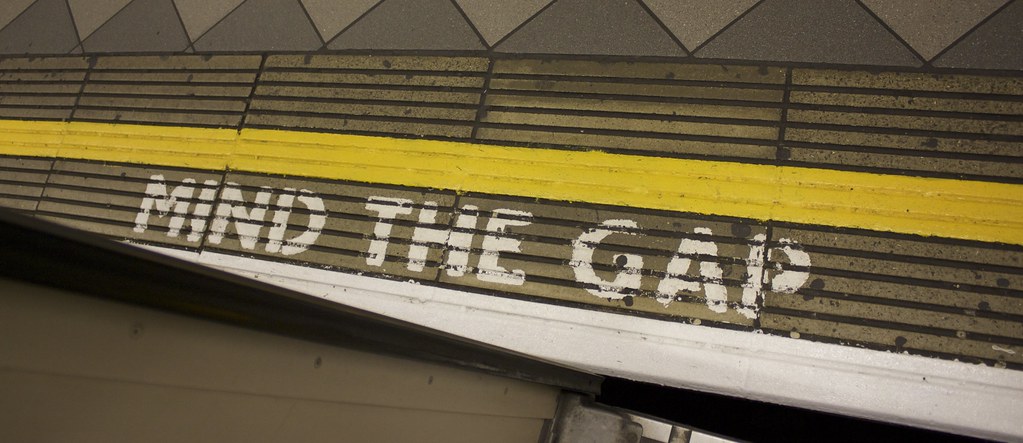- $1,200 checks to adults with income limits; $500 per child. If your adjusted gross income is less than $75,000 for individuals and $150,000 for joint filers, then you would receive the full amount. For every $100 of income above those limits, the amount drops by $5.
- Unemployment expansion with benefits increased by $600/week to ensure that laid-off workers, on average, will receive their full pay for four months.
- $46 billion in total for the industry; $25 billion will be for passenger airlines, $4 billion for cargo companies, and $17 billion for companies deemed important to national security. The money is in the form of a grant, not a loan.
- $350 billion “Paycheck Protection Program” for small businesses and $454 billion fund for a new lending agency via the Treasury. This is in addition to previously announced $50 billion set aside for the Small Business Administration. Some of these loans appear set to eventually be forgiven and effectively become grants. According to Steve Mnuchin, “They (businesses) are going to be able to take an SBA loan that will give them two months of payroll and some overhead. And if they hire the workers back or they keep their workers hired, the government will forgive that loan.” Marco Rubio confirmed that SBA loans used to employees' salaries, paid sick leave, insurance premiums, mortgage payments, utilities, and other debt obligations,” will be forgiven.
- Infusion of cash into the health-care industry. $130 billion for states and $150 billion for localities.
This is undoubtedly a huge economic stimulus to try and fund the gap in demand that businesses are experiencing during the social separation strategy to combat COVID-19.
The big question is: will it be enough?
This is the big unknown. President Trump said yesterday that he hopes to have the economy returning to normal by Easter. This seems like an incredibly aggressive timeline.
In China's epicenter of Wuhan, the city was quarantined for over 2 months and is just planning to re-start in early April. They have been extremely cautious in keeping the city quarantined until there were no new cases of COVID-19.
Luckily we also have the benefit of looking to Italy as our crystal ball. They locked down the entire country on March 10th and now have a target date of April 3rd to end the lockdown. That would be over 3.5 weeks of a nationwide lockdown. It will be extremely interesting to watch how the Italians re-start their economy and if COVID-19 will re-emerge.
If the COVID-19 gap is 2-3 months, then the stimulus may be enough to get us through. But if this goes for longer, then more money will be needed and the budget deficit will surpass $3 trillion! The risks still remain high as the future is very uncertain.
When do you think the US economy will go back to normal? How big will the COVID-19 gap be?
“Mind the gap” by Pommiebastards is licensed under CC BY 2.0






